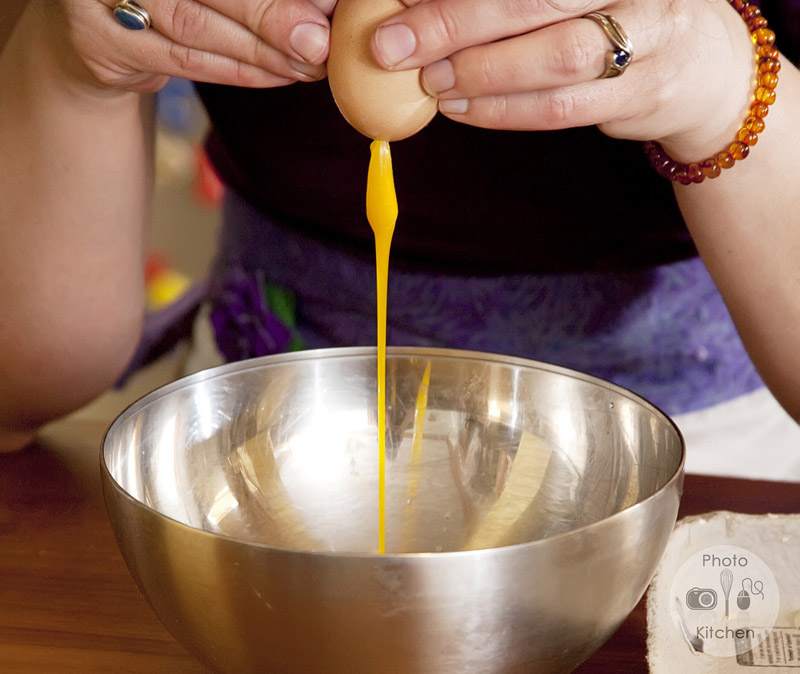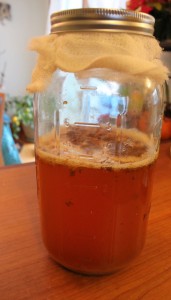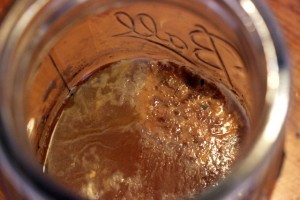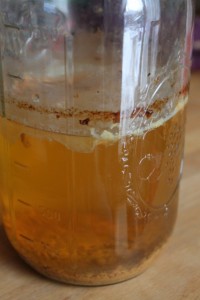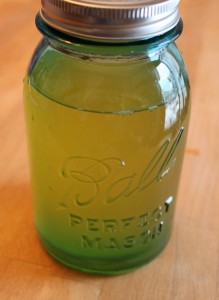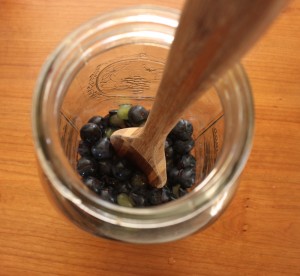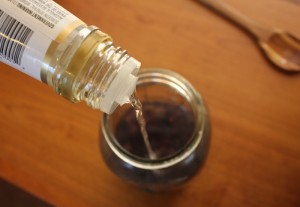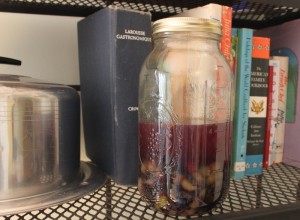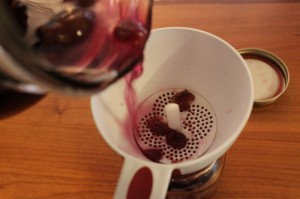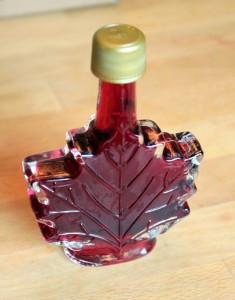Roasted beets are my favorite. Earthy, sweet, and purple, my favorite color!
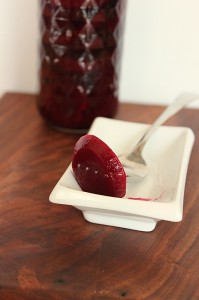 Pickled beets are my grandmother's favorite. Last year my mother made them for her and this year I decided to do the same.
Pickled beets are my grandmother's favorite. Last year my mother made them for her and this year I decided to do the same.
I shared that I was pickling on twitter and discovered that my friend Susan of Travels with Pirates also loves pickled beets. We made a deal that if she bought the beets (locally from Sippel Farm) I would pickle them.
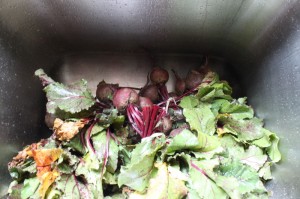

So it was on a recent Saturday that I set out to make pickled beets for the first time. I removed the greens from the beets and scrubbed off the dirt. I boiled them in water until tender.

I removed skins, trimmed, and sliced the beets with my New West Knifeworks Petty Utility Knife. I won this knife by correctly guessing the weight of the White on Rice couple's biggest beet.

I LOVE this knife. It is perfectly suited to my sized hands, ridiculously sharp, thin enough to be flexible and full tanged for sturdiness. It came with a custom fit sheath and I know it will accompany us often on camping and road trips. 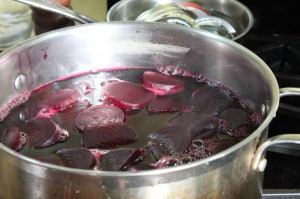 Anyways, back to the beets. After slicing the beets boil in a vinegar brine flavored with allspice, clove, and cinnamon for five minutes. Then I hot packed them into jars and water bath canned the jars.
Anyways, back to the beets. After slicing the beets boil in a vinegar brine flavored with allspice, clove, and cinnamon for five minutes. Then I hot packed them into jars and water bath canned the jars.

One jar didn't seal so I kept that for myself and am learning to like pickled beets. Pickling adds flavors that marry well with the natural earthiness of beets. The color remains as stunning as a harvest sunset.
Pickled Beets
I used the recipe from PickYourOwn.org without onions.
- 7 to 8 lbs of fresh beets
- 4 cups vinegar (5% acidity)
- 1½ teaspoons canning or pickling salt
- 2 cups sugar
- 2 cups water
- 2 cinnamon sticks
- 12 whole cloves - about 1 tsp
- 12 allspice nuts (whole) - about 1 tsp
1. Scrub beets and remove tops.
2. Boil in water for 20-30 minutes or until beets are cooked through but not mushy.
3. Remove skins (they should fall right off after being in boiling water) and slice evenly into 1/2 inch slices
4. Meanwhile, mix vinegar, salt, sugar, water, and spices. Bring to boiling in a large pot.
5. Add beet slices to vinegar brine and simmer for five minutes.
6. Remove beets with slotted spoon and place into sterilzed jars, filling to 1/2 inch from the top.
7. Ladle hot vinegar solution on top to reach 1/2 inch headspace, using a knife to release any air bubbles.
8. Wipe rims and screw on sterlized lids.
9. Place in boiling water bath for 30 minutes.
10. Remove from water and allow to cool for 24 hours.
11. Remove rims, clean jars, label, and store in cool dark place for up to 1 year.
 This is the foot of Speckles after Alex cured it for months in salt. He and Lil arranged a rock in the claw and set it aside to air dry into a Halloween decoration.
This is the foot of Speckles after Alex cured it for months in salt. He and Lil arranged a rock in the claw and set it aside to air dry into a Halloween decoration.

